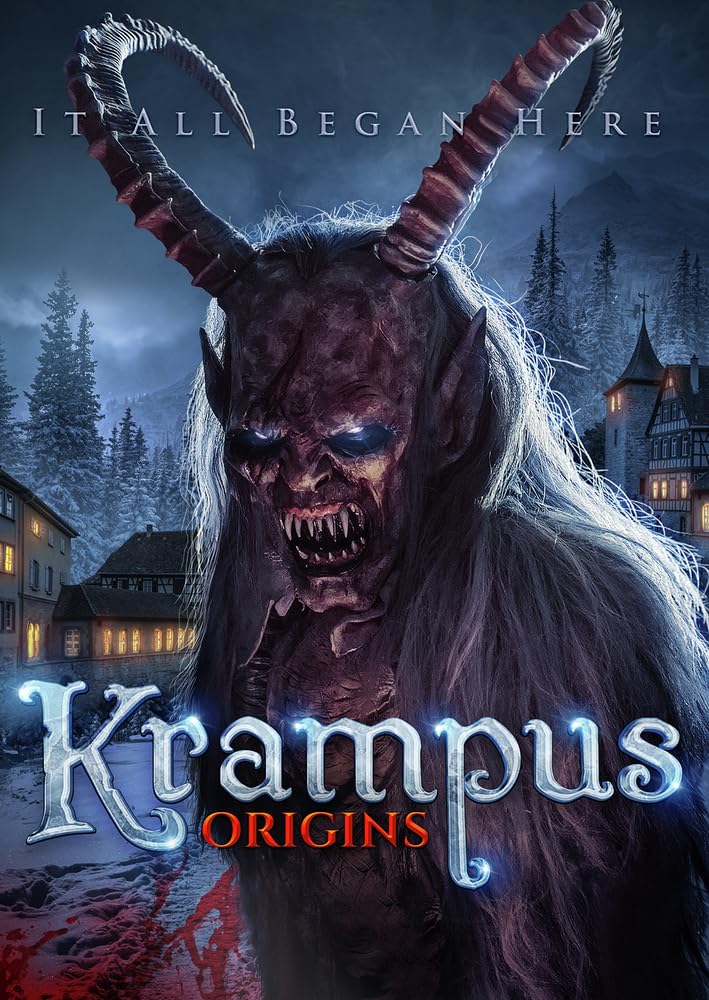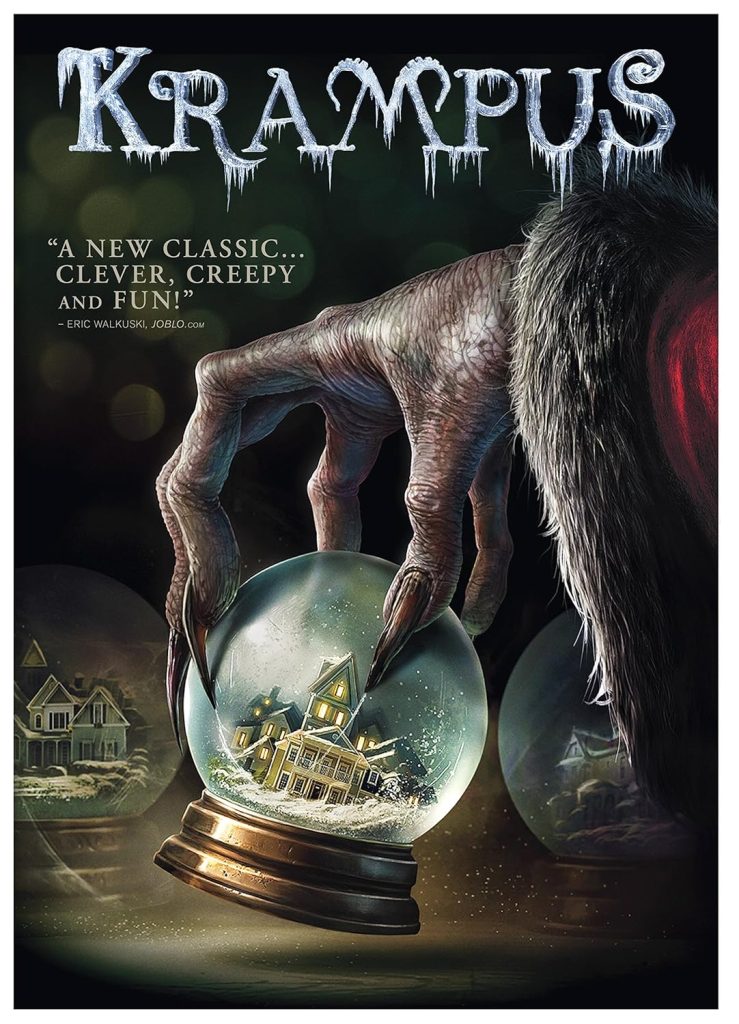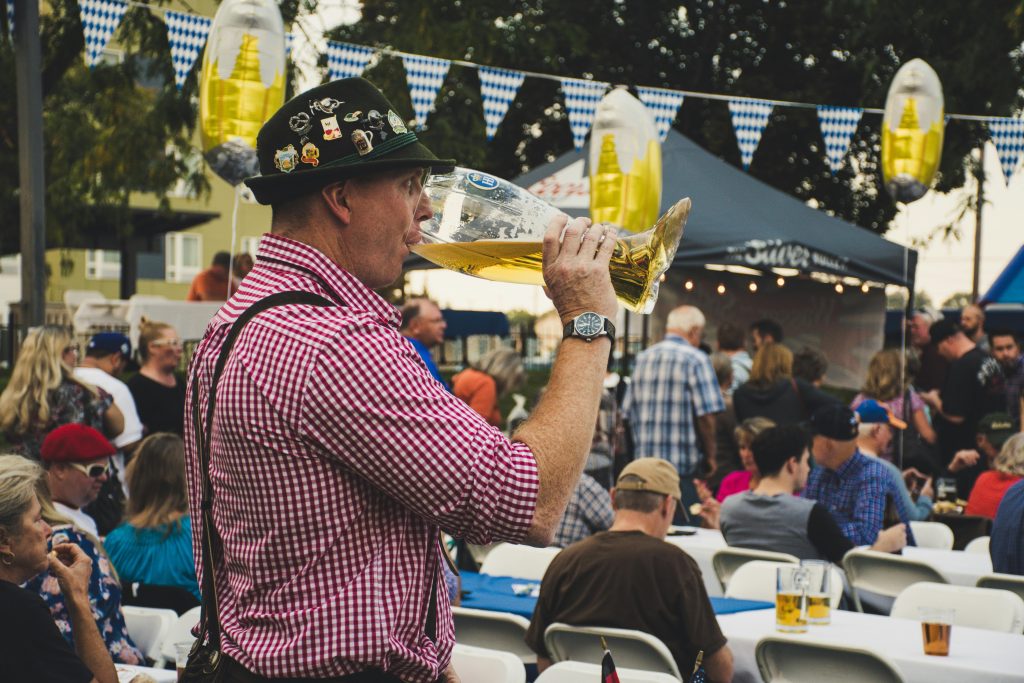The Dark Side of Christmas: When Krampus Takes Over

Every December, while the rest of Europe hums carols and decorates trees, the Alps prepare for something much louder, hairier, and far less jolly. Meet Krampus, a horned, fur-clad demon who terrorizes the naughty with chains, bells, and spectacular enthusiasm. Think of him as Santa’s chaotic intern from hell — unpaid, unhinged, and he is ready to take over Christmas. Yet behind the snarls and smoke lies one of Europe’s oldest surviving folk rituals, a mix of pagan myth, Christian morality, and modern chaos. Krampus isn’t just a monster; he’s the ghost of winter’s past, clinging stubbornly to his bells while everyone else moved on to Mariah Carey.
From Pagan Revels to Church-Approved Scare Tactics
Long before Christianity got its hands on the holiday season, Alpine villagers already had their own December traditions which was noisy, wild, and slightly terrifying. Men draped in pelts would storm through snowy streets ringing cowbells to chase away evil spirits and summon spring’s return. Imagine a prehistoric metal concert with fur.
When the Church arrived, it tried to tidy things up, but Alpine people, bless them, weren’t about to give up a good party. So the clergy compromised: they recast the wild winter spirit as Krampus, Saint Nicholas’s demonic sidekick. While the saint rewarded the virtuous, Krampus handled the “behaviorally challenged” with sticks, sacks, and severe disapproval.
By the 1600s, Krampusnacht — the night of December 5th — became an official holiday prelude. The next day was for gifts. The night before was for fear. A very efficient system.
Masks, Mayhem, and Goat-Scented Glory

Krampus costumes aren’t your average festive cosplay. Traditional Larven (masks) are hand-carved from wood, often taking months to finish. Each face tells its own story, some grotesque and horned, others eerily lifelike. The costumes are made of real animal pelts that can weigh more than the wearer, and the smell alone could exorcise a spirit or two.
When night falls, the Krampuslauf (Krampus Run) begins. Dozens of horned figures stomp through town squares, cowbells clanging, torches blazing, and the occasional tourist squealing. The experience is equal parts theater, ritual, and communal therapy like a wild release of winter energy where the boundary between man and monster feels charmingly optional.
Locals insist the mask doesn’t just disguise; it transforms. Underneath the fur and horns, something primal wakes up, a reminder that not all traditions were designed for comfort.
From Sacred Chaos to Spectacle


Inevitably, the 21st century noticed. What was once a local rite became an Alpine blockbuster. Cities like Salzburg, Innsbruck, and Munich now host elaborate Krampus parades that attract tourists, camera crews, and the occasional influencer pretending to be scared. Vendors sell Krampus mugs, keychains, and schnapps. Somewhere, a demon weeps into his fur.
The result? A festival both adored and criticized. Locals grumble that it’s lost its mystique; others see it as living folklore in motion. Austrian authorities even had to publish official “Krampus Safety Guidelines,” politely reminding participants that “light whipping is fine, concussions are not.”
Still, the chaos has charm. Watching a 7-foot goat demon trip over cobblestones while someone cheers “Merry Christmas!” feels like a perfect metaphor for modern Europe.
Fear, Folklore, and the Need for Balance
Beneath the fur and fanfare, Krampus still serves a purpose. Anthropologists see him as a symbol of cultural duality, the balance between light and dark, moral order and cathartic mischief. Saint Nicholas rewards good behavior; Krampus punishes bad. Together, they remind us that joy means little without a shadow lurking nearby.
Some scholars call it a ritual inversion, a brief moment when villagers can act out chaos before returning to normal life. Others call it “folk therapy with bells.” Either way, it works. The fear turns to laughter, the streets clear, and everyone goes home, maybe a little tipsy, slightly bruised, but spiritually refreshed.
Traveler’s Glimpse: Dancing with Demons
If you’re wandering through the Alps in early December, follow the distant clang of cowbells. In a foggy Tyrolean village or a snow-dusted Bavarian square, you’ll find them: fire-lit figures stomping through the night, their horns silhouetted against the mountains. The crowd roars, the air smells of pine and glühwein, and for a moment, you feel history breathing — half terrifying, half exhilarating.
Forget perfect Instagram shots. Krampus isn’t about pretty lights; it’s about energy, the living pulse of winter’s wild heart. Just don’t make eye contact with the one holding the chains.
From Alps to Hollywood and Back Again



Naturally, pop culture couldn’t resist. Krampus has starred in horror movies, TV specials, and ironic Christmas sweaters. The 2015 film Krampus introduced him to global audiences as a sort of festive boogeyman. But even with his Hollywood makeover, the real Krampus — the one who still stalks through old Alpine streets — refuses to be tamed.
In small towns like Gastein or Bad Goisern, the masks are still blessed, the runs still sacred, and the fire still real. For locals, Krampus isn’t nostalgia or branding, it’s tradition, wild and alive.
A Toast to the Horned One
So when the snow falls and you hear the clanging of bells in the dark, raise your mug of mulled wine and smile. Somewhere in the Alps, Krampus is on the loose punishing sinners, thrilling tourists, and keeping Christmas delightfully unholy. Because let’s face it: without a little chaos, the holidays would be unbearable.
Where to Meet Krampus (If You Dare)
- Salzburg, Austria – One of the largest Krampusläufe in Europe, where over a thousand costumed demons descend upon the Old Town.
- Innsbruck, Austria – Known for beautifully carved masks and an eerie, traditional vibe.
- Berchtesgaden, Germany – A smaller, authentic version of the Krampus run, set against snow-covered alpine peaks.
- Tarvisio, Italy – The Krampuslauf here blends Italian carnival flair with classic Alpine horror.
- Munich, Germany – A modern, festive take on the tradition which is less terrifying, more photogenic.
Bring gloves, courage, and a strong appreciation for chaos. And if Krampus comes charging after you, congratulations! You’re not fleeing; you’re engaging in a time-honored local tradition.
Ready to face Krampus in his natural habitat? Winter in the Alps is calling, from fiery Krampus runs to cozy mountain markets and snow-dusted villages that feel straight out of folklore. Don’t wait too long, book your trip to the Alps now while tickets and stays are still available for the festive season!
Affiliate disclaimer: Some of the links on this website are affiliate links. This means that if you click on them and make a purchase, we may earn a small commission—at no extra cost to you. These commissions help support the work we do in creating thoughtful travel stories and guides. We only recommend products, services, and experiences that we believe bring genuine value to travelers.

Deti Lucara
Writer | FounderA writer and traveler from Indonesia, and the founder of thecharmingworld.com — a space born from my love for art, culture, and human connection. I created it for kindred souls who believe that beauty lives in curiosity, wonder, and the stories we share along the way.

